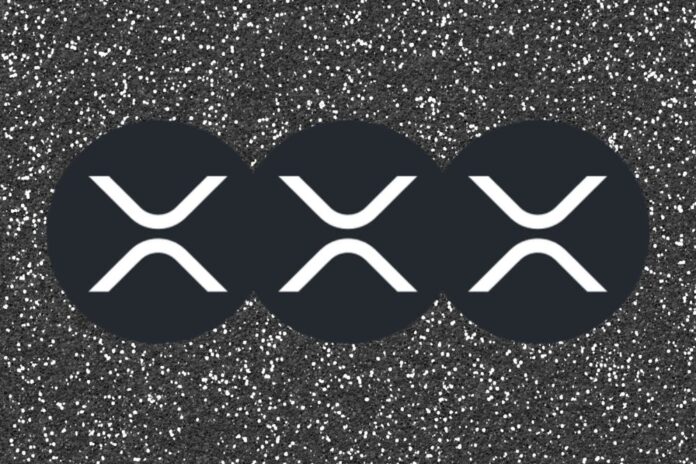XRP investors remain in a state of unease. Their frustration simmers as the token underperforms compared to other digital assets.
Many point the finger at Ripple’s massive XRP holdings, the monthly releases from escrow, and subsequent XRP sales, as the sole culprit. However, prominent analysts are urging caution, presenting evidence that paints a more complex picture.
Read Also: Wall Street Veteran Shares Algorithm That Predicts 98% Chance of Ripple Going Public
CryptoInsightUK, a respected market analyst, has emerged as a vocal advocate for a more nuanced understanding. Utilizing compelling data, he dismantles the simplistic inflation narrative, revealing inconsistencies that demand further exploration.
I am going to debunk 1 $XRP hater argument very quickly right now.
The argument around supply restricting price discovery.
On January 7th 2018, $XRP price was $3.37, with a circulating supply of 38.7 Billion $XRP.
At this time, the total market cap of crypto was $711 Billion;… pic.twitter.com/jFooMssD31
— Cryptoinsightuk (@Cryptoinsightuk) February 19, 2024
Zooming In on Key Figures
In 2018, XRP boasted a $130.4 billion market cap with a circulating supply of 38.7 billion, holding a commanding 18% share of the total crypto market cap.
Fast forward to 2021, while the supply witnessed a 21% increase within four years, the broader market experienced a monumental bull run, skyrocketing to a staggering $3.032 trillion – a phenomenal 325% surge. This growth far outpaced XRP’s supply expansion, indicating that market cap expansion significantly outweighed the increase in circulating supply.
Examining Ethereum (ETH), we see a 22% supply increase during the same period, yet its price defied expectations, soaring by an impressive 382%. Similar trends were observed across other cryptocurrencies, suggesting that attributing XRP’s price stagnation solely to an increase in circulating supply is a dangerous oversimplification.
Shifting the Lens: Looking Beyond the Obvious
CryptoInsightUK emphasizes that focusing solely on XRP’s supply increase ignores a crucial fact: the additional $2.3 trillion injected into the crypto market during this period dwarfs the token’s supply increase. This suggests that forces beyond inflation are at play, influencing XRP’s price movements in complex ways.
CrediBULL, another market observer, lends support to this perspective by drawing parallels between HBAR and XRP. In 2022, HBAR’s price remained stagnant around $0.20-$0.25 despite a comparable supply increase. However, the broader market crash dragged it down.
Interestingly, since December 2022, HBAR’s price has surged by a remarkable 204% despite continued supply growth. This suggests that smart money might be accumulating even during supply increases, potentially anticipating future price uptrends.
Read Also: Ripple Files Opposition To the SEC’s Move for Interlocutory Appeal Approval
Also, Attorney Bill Morgan adds a critical layer to the discussion, He stated that XRP exhibits similar patterns to HBAR. He emphasizes that solely attributing XRP’s underperformance to supply inflation paints an incomplete picture, neglecting other crucial factors that must be considered for a comprehensive understanding.
Great explanation. People in the #XRPcommunity carrying on about Ripple dumping should listen to this and draw some lessons. HBAR’s supply increasing from 15 billion to 33 billion in two years but the HBAR price higher than two years ago. This is because the circulating supply is… https://t.co/FBidJ29iYt
— bill morgan (@Belisarius2020) February 19, 2024
Embracing a Holistic View
While the data presented by these analysts compels us to reconsider the inflation narrative, it’s crucial to remember that this is just one piece of the puzzle.
To truly understand XRP’s price performance, we must acknowledge the multifaceted nature of the market. Broader market sentiment, regulatory developments, and unforeseen events can significantly impact individual token prices.
Follow us on Twitter, Facebook, Telegram, and Google News


